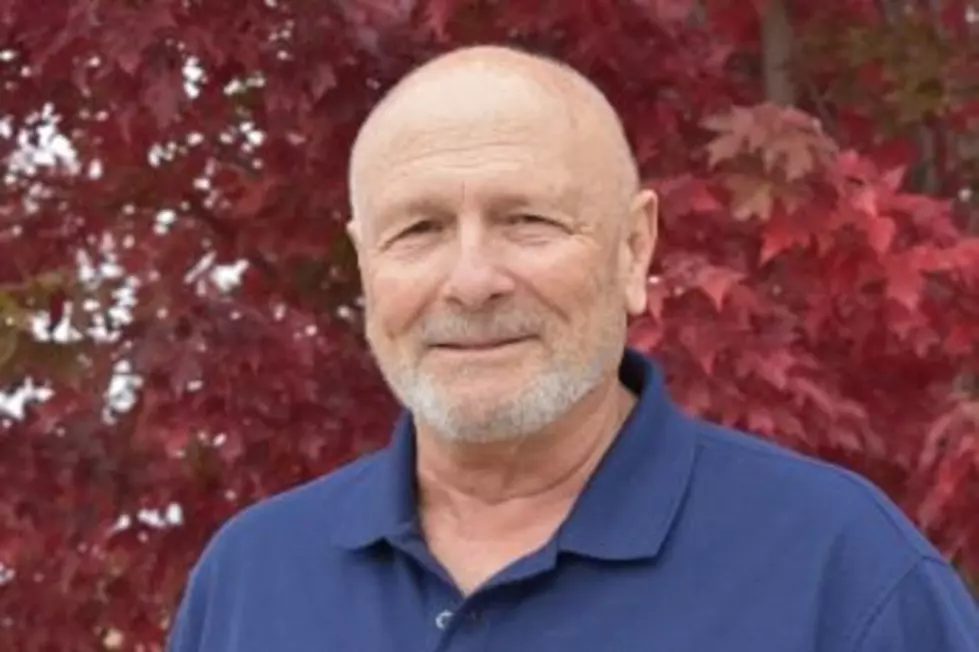
Harmon’s Histories: All aboard for the inaugural passenger train to Hamilton
A.B. Hammond produced “some excellent wine and cigars” for his guests, a who’s who of western Montana.
There were 35 in all: Territorial Governor Preston Leslie, Ex-Governor Samuel T. Hauser, A. M. Holter, E. L. Bonner, Major P. Ronan, Captain C. P. Higgins, W. J. Stephens, R. A. Eddy, F. H. Woody, Henry Beckwith and many more.
They came from Helena, Butte, Bozeman, Deer Lodge and Missoula to board a special train “made up of a caboose, passenger coach and Supt. F. W. Gilbert’s private car” for the inaugural trip – the “first passenger train over the newly constructed railroad up the Bitter Root valley,” according to a Missoulian reporter who chronicled the trip.
The unnamed reporter, likely the publisher or editor of the paper, gushed about every aspect of the trip and of Hammond, who in later years would be vilified in the press as the “Missoula Octopus,” controlling not only the Bitterroot rail line but banking, lumbering and most everything of value in the region.
But on this afternoon in late December 1887, the story was a positive one about progress and growth as the train pulled out of Missoula on the new southern tracks.
As they passed over the Bitterroot River bridge near the Buckhouse Ranch, they noted a “good-sized camp of Chinamen, who have been engaged in (road) surfacing work but have gone into winter quarters.”
While the area was familiar to everyone who’d observed it in the past from the wagon road, the path of the new tracks offered a different perspective on the land.
They made good time between Missoula and Florence, where Hammond showed off H.P. Heacock’s timber operation, which was producing lumber for the Butte market.
The train slowed considerably as it climbed the grade at “Bass’ hill,” where “a goodly portion of the hill had been thrown into the river, and rip-rapping will now have to be done to prevent it from being washed away in high water.”
At Tyler Station, near Stevensville, a number of additional dignitaries joined the excursion. They included John B. Catlin, Major McCormick and Tyler Worden.
It was late afternoon – nearly dusk – when the train pulled into Hamilton, “the future great county seat and queen of the valley metropolis.” There, the guests were welcomed to the Grand Central Hotel and the Russ House.
Overall, though, the town was still “in its infancy,” where “a good many people were living and doing business in tents.”
The next day was highlighted by a tour of the Curlew mine near Victor. On that particular day in 1887, 25 men were laboring underground at the 315-foot level moving tons of ore said to “contain 60 percent of ruby silver.”
None of the excursion party was allowed to travel down the shaft to view the operation first-hand – as it was “not considered advisable,” a reminder of the risk taken daily by Montana miners.
The Curlew visit completed, the party boarded the cars for the trip back to Missoula. At Stevensville, they were not only delighted with a fine lunch, but each member of the party was given a copy of the local paper, the Northwest Tribune, literally hot off the press.
The newspaper, published slightly earlier than usual in order to be ready as the train pulled into the stop just west of Stevensville, contained an account of the excursion thus far, which delighted the guests.
While the trip was designed to be a celebration of the new rail line, it actually made some news along the way.
The Missoulian reported that “Governor Hauser and A. B. Hammond, and Chief Engineer Reardon and his assistant, Engineer Govan, in a quiet way practically settled the fate of Corvallis by deciding to continue the road on the west side of the river to at least as far as the wagon bridge near Skalkaho.
“Gov. Hauser suggested that the railroad folks give half the amount (toward construction) if the Corvallis people or the county would give the other half.”
Business completed, arriving back in Missoula the travelers were wined and dined at “an elegant supper which Mr. Hammond had wired Jones, of the Bon-Ton Restaurant, to have prepared.”
With rail lines now connecting both Missoula and the Bitterroot to the rest of the Territory and the country, the population exploded. Missoula grew from a small town to a respectably sized city within the next decade. The Bitterroot expanded as well, justifying its split into a separate county in 1893.
Jim Harmon is a longtime Missoula news broadcaster, now retired, who writes a weekly history column for Missoula Current. You can contact Jim at harmonshistories@gmail.com.
